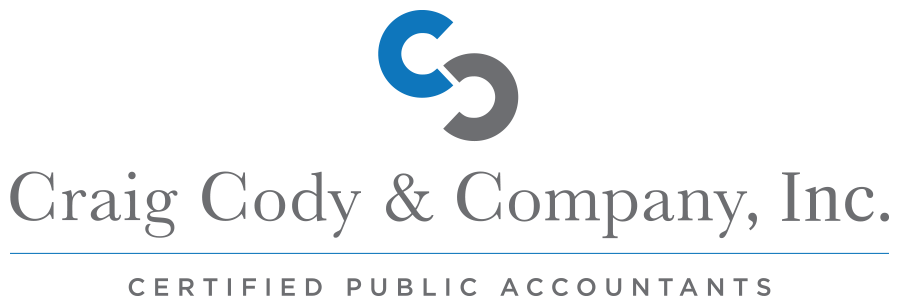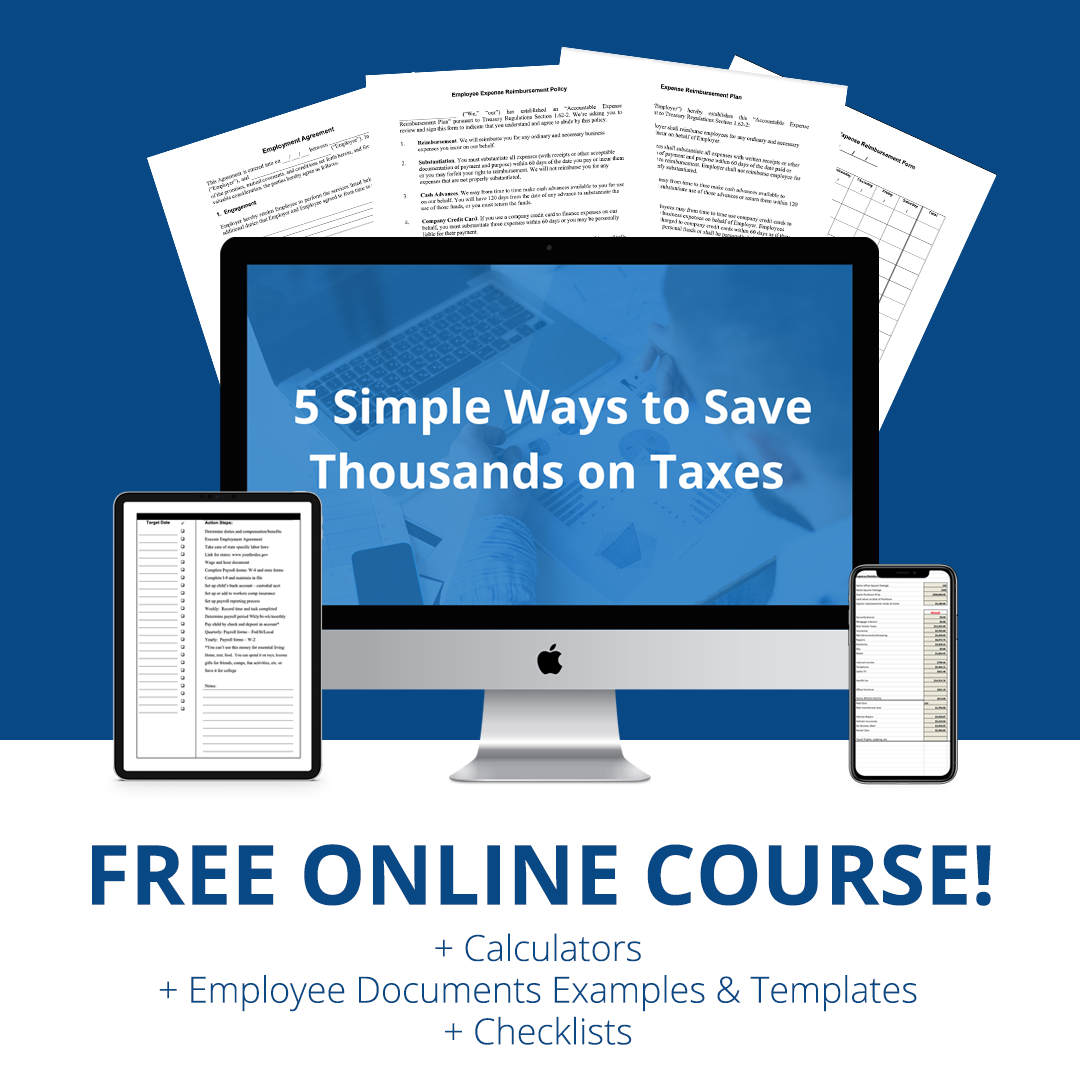
Yes. Very good. I think that’s a great message to keep kind of hammering in because I doubt it happens frequently. You know, life gets in the way, you’re trying to scale your business and it’s one of those afterthoughts for a lot of people and that can really bite you.
Right but it could also save you a lot of money so, if you want to leave a lot of money on the table then wait but if you want to save some of that money, do it sooner than later.
So what are some of the ways that you are helping practice owners to save some of that money? What are some of the mistakes that you’re commonly seeing and how are those fixed?
Some of the common mistakes, one thing is, the wrong entity then they have the wrong retirement plan or no retirement plan.
So what’s an effective way to do that? They want to put money away but maybe they’re doing an IRA and they didn’t realize that they can do a 401K and that’s kind of a ground ball. Missing hiring your family, can you hire your spouse, can you hire your kids, can you actually make your kids summer camp tax deductible by hiring them during the year? Getting a deduction for what you pay them and then letting them pay for their camp.
Wow.
Do you have medical costs? You know, medical expense reimbursement plans, that’s a way to make it all deductible. Not, you know, typically the typical person, they have to deduct their medical expenses other than health insurance on schedule A and there’s a … the first 7.5% of your income is nondeductible. So if you’re making 100 grand, you know, $7,500 in medical expenses the first are not deductible.
If you set up a medical expense reimbursement plan, you can make it all deductible. Depending on the type of entity you operate in.
Is that like an HSA or is it something-
No, it’s different than an HSA, it would be used in addition to an HSA because there’s limits on HSAs and some people don’t have the option of doing an HSA.
Okay.
So it’s just another thing you can plan for and you look at what’s going on, you know, does this person have an HSA, do they have a flexible spending account, are their expenses going be so high this year that it makes sense?
Okay, okay. Any more?
Oh yeah.
Yeah, keep going.
Yeah, home office. You know, are you deducting your home office?
Yeah.
You know, are you doing it the right? Are you documenting everything? Now when you have a home office and you have to spend X amount of hours a week in that home office, but you know, I think most people are doing a lot of work from home. They’re doing billing, they’re doing emails, they’re doing a lot of stuff. What we just lost was a big one we just lost was the home athletic facility. Up until December 31st, you were able to actually if you had a home office, have a home athletic facility, which could be a pool or your home gym and that was deductible. That went, got thrown out with the bathwater under the new tax act and that hurt.
So if you see right behind me, I have this probably ten by ten area with a bunch of my exercise equipment but the rest of the room is my office. Do I need to then take that out, take the ten by ten kind of out of the calculation would you say here for this new year?
No, because this is … you’re using this for your office, correct?
Yeah, yeah.
Yeah, so you know, you just happen to … you know, if that was your home gym, is that what you’re saying?
Yeah, I mean this little space.
Yeah, you’d have to move that out of there.
Okay.
You know, unless you use that … do you use that for physical therapy?
I mean, I’ll probably end up doing some videos that are … where it’s associated.
So it’s a prop?
Yeah, it’s kind of a prop back there.
Okay.
You know, you see it behind me.
As long as you document it and you’re doing it correctly.
Okay.
You know, that’s okay.
So what are some common documentation mistakes when people … because this is one I think that would be easy for people to pick up on and utilize is to … you know, if they are doing a lot of emailing or other things for their business at home, you know, what are some of the things they need to make sure they’re doing to do that right and to get the write-off for that home.
Well make sure you’re documenting it, taking pictures, okay.
Yeah.
You know what your square footage is. You know, you have an internet connection you’re sending … I mean, if you had to ever go back and say well, “You can see where the emails are coming from.” Alright, there’s not … you know, other than having a live loop of the video of what you’re doing, there’s not a whole lot you can actually do to specifically prove that you’ve been in there doing it but I think it’s … most business owners are doing work from home.
And the number’s about fourteen hours a week you need to do in order to make it a principal place of business. It doesn’t have to be the only place of business but you have to spend about 14 hours a week there to make it count.
Oh so if they can’t really prove or if they’re not doing at least 14 hours a week from home, then then can’t deduct anything for home space?
Correct.
Or home office?
Correct.
Okay.
Then it’s not a principal place. So, 14 hours is pretty simple.
Yeah.
You know, most people are doing a lot more than that.
Yeah.
Then when you have the office, then your travel from one office to the other is now deductible so increases your vehicle expenses.
Okay so from home office to clinic each day back and forth-
Correct.
Okay, great. That I did not know.
They all add up and you know, in your case you could get away with having the exercise equipment. In my case, you know, there’s not a whole need, a lot of need in the CPA world to have an exercise bike in there.
Yeah, okay. And so a little bit more on the driving. Do you simply have your clients … I mean, it’d be easy, you know the distance from home office to gym and how many … I’m sorry, home office to clinic and how many days a week you’re making that trip, it’s pretty easy to calculate. Do you have them also calculate gas cost or if you’re doing mileage is that totally separate, you do one or the other?
Well you have to track your mileage because that’s going to give you your business use percentage and then your option is using the mileage rate, which is about 55 cents a mile or the actual expense rate.
Okay.
So tracking the mileage is going to say, “Okay, I’ve spent 80% of my time driving is business. So that means I get to write of 80% of my gas, 80% of my vehicle expenses, my repairs, et cetera, et cetera.” If you use the mileage rate, and you can’t just switch from year to year. Once you start using one of those rates with a vehicle, you have to continue it until you get rid of that vehicle.
YOU SHOULD REVIEW THE THE NEW TAX LAW CHANGES WITH YOUR CPA BEFORE IMPLEMENTING ANY TAX PLANNING STRATEGIES.
Get your copy of my book the 10 Biggest Tax Mistakes That Cost Business Owners Thousands HERE!
Listen to the full podcast here.
Newsletter
Subscribe to our Newsletter! Join our mailing list to receive the latest news and updates from our team.

